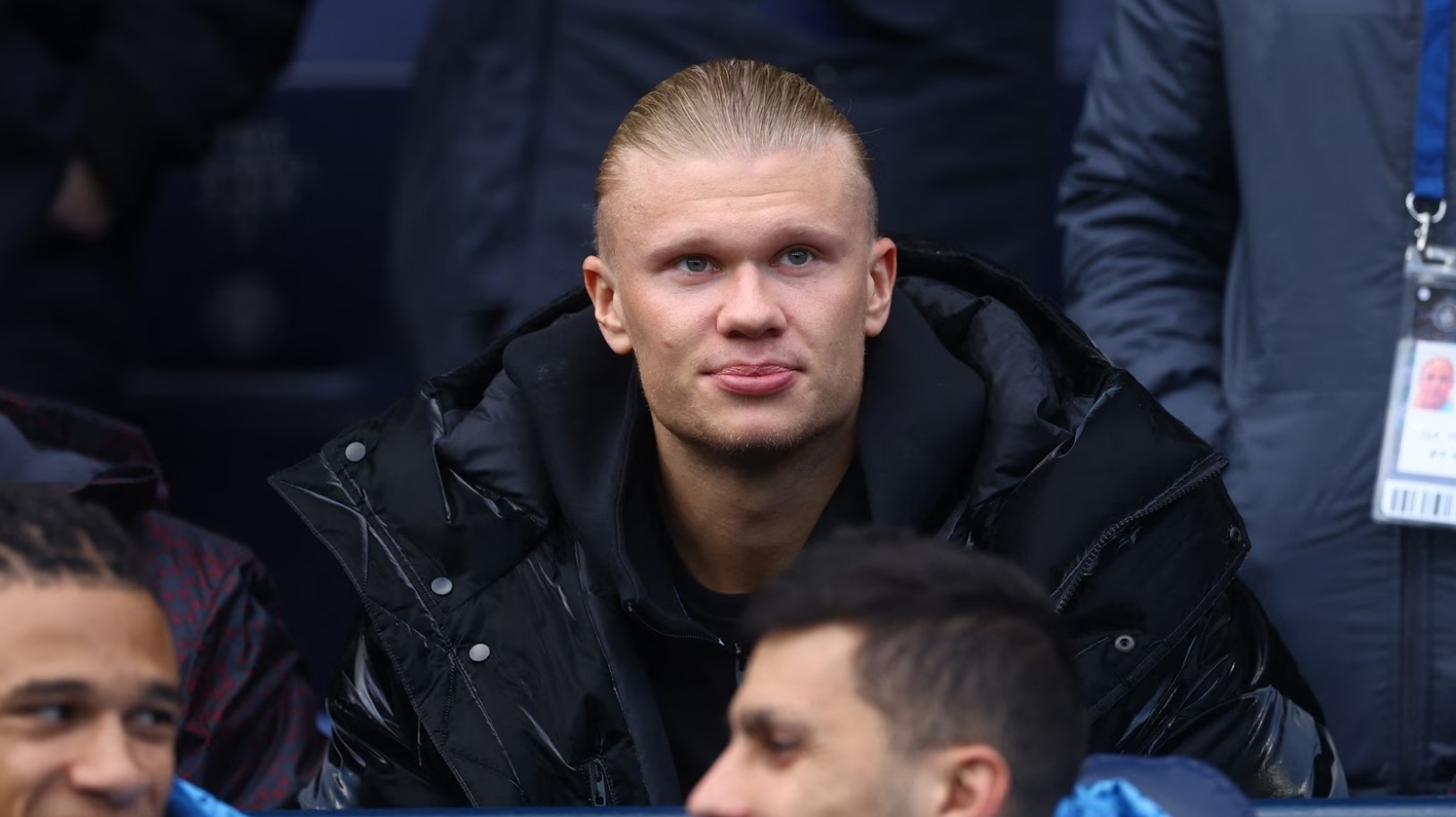Given that much of Manchester City’s treble-winning season was dominated by discussions around how they adapted to having Erling Haaland on the pitch, it was interesting to see how this team adapted without the Norwegian striker on the field for the past month.
“Because teams like Sheffield United or Crystal Palace decided to play deep, we have two options to attack them,” Pep Guardiola said in a recent interview.
“We moved the ball to the sides and made crosses, but Erling was not there and Ilkay Gundogan is no longer present at Man City. And we decided to attack the pocket (the area in front of the two opposing midfielders, on the edge of the penalty area); There Man City had many opportunities.”
Pep Guardiola highlighted a key difference making fewer crosses and focusing more on the spaces around the edge of the box.
When Kevin De Bruyne was injured at the beginning of the season, Pep Guardiola and his assistants had to decide to adjust Man City’s lineup when it came to moving the ball forward. But with Haaland’s absence, Pep does not require such a big change.
Man City have actually made more crosses from open play in their four Premier League matches without Haaland over the past month. But with Guardiola, he makes a clear distinction between high-range crosses and returns from the touchline (statistics often group the two together).
Guardiola found that returning the ball from the touchline could produce results when combined with their style of play when making plays in front of the edge of the box. Before the quote above, Pep spoke about crosses and play on the edge of the box in relation to Oscar Bobb: “He helped us increase the tempo and movement of the team to the touchline.”

Oscar Bobb was the player who helped City open the score in the match against Sheffield United before assisting Julian Alvarez to score the second goal in that match. Bobb made a pass to Phil Foden on the touchline and then the midfielder wearing shirt number 47 brought the ball to a position where Alvarez was ready to score. That cross was the result of play at the edge of the penalty area.
A greater focus on quick exchanges on the edge of the box is one of the obvious changes in Haaland’s absence and it is due to the characteristics of his replacement in attack – Julian Alvarez.
While lacking a striker capable of scoring 52 goals in a season certainly takes something away from any team, especially when that player has the added ability to pick up crosses and move on. behind the opponent’s defense. Those two traits are something that Man City’s other players often lack, but Haaland’s absence brings some benefits.
Julian Alvarez presses with more intensity than Haaland, although that’s a negligible difference compared to his ability to link up with teammates like a “false 9”. That means Man City can return to their approach to the game before they acquired Haaland’s services.
They need to do that more throughout the season. But that’s not because of Haaland, but because the players who helped Man City integrate well with Haaland last season are no longer playing in The Citizens’ squad.
In short, last season was one in which they re-searched for ‘a more well-rounded character’ in the attacking areas that they once had when deploying a false nine. The false number 9 is basically a player who instead of moving behind the defenders, they will often retreat towards Man City’s midfielders to create more passing options, thereby helping Man City keep the ball and be patient. Wait for an opening from the opponent.
